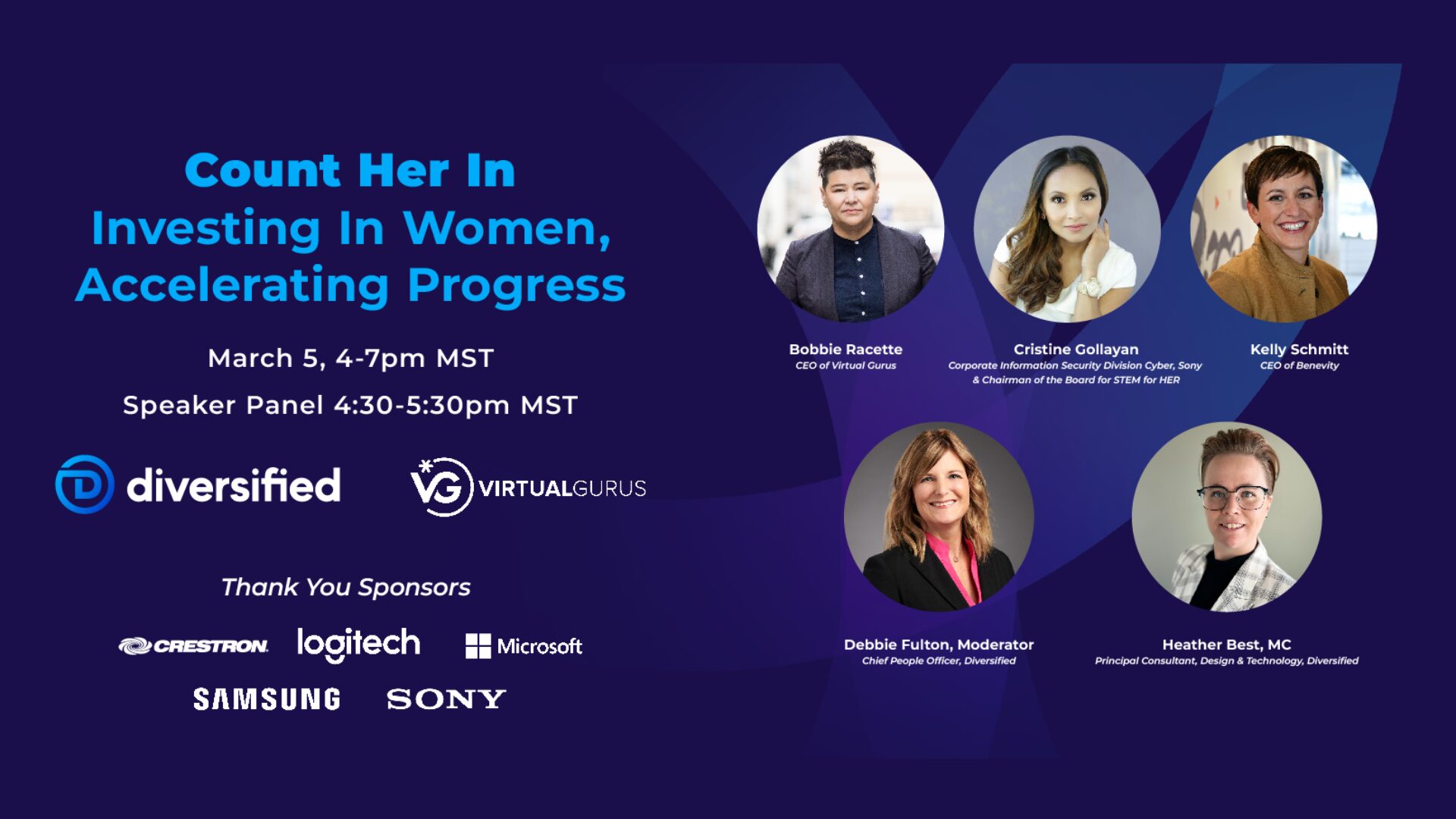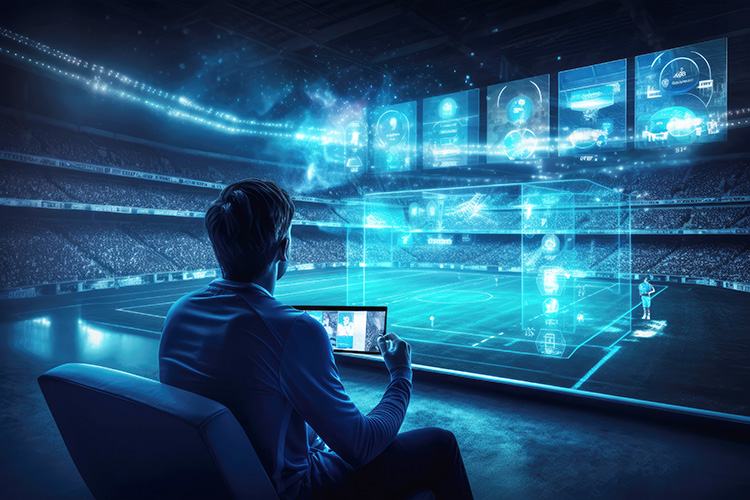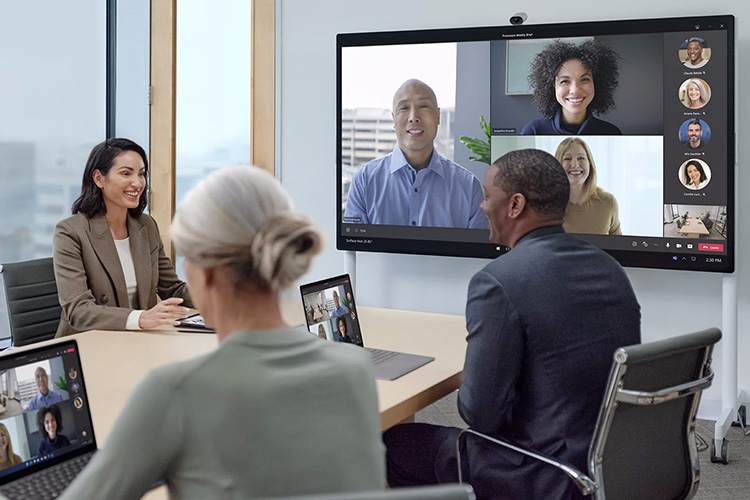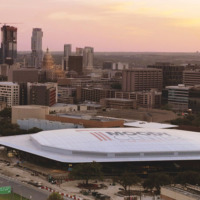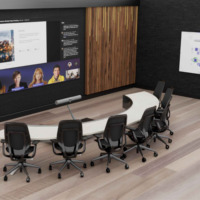BLOG
What is Meeting Room Equity – Just another Buzzword?
Or could Meeting Room Equity be an actual collaboration challenge to solve?
THE CHALLENGE – Improving Meeting Equity
During the pandemic, most organizations were thrust into a sudden and strict Work from Home (WFH) reality. For some companies, there were already some WFH employees, so applying the patterns, tools and modus operandi of these employees to all the other employees that were used to working from the office gave them a head start. Other organizations had staunchly resisted WFH employment across the board, so this sudden shift was a bit more of a shock.
When it came to participating in meetings, this meant that the workers who were accustomed to attending meetings in traditional conference rooms were now having to get used to joining from their own laptop, in their own homes, on the chosen collaboration platform – Microsoft Teams for many enterprises out there. At first, this brought some unique challenges and distractions:
- Barking dogs in the background
- Children at home interrupting calls
- Internet connectivity issues
- Poor audio/video experiences due to lighting or non-certified devices
- And let’s not forget those embarrassing stories of someone forgetting the angle of their camera, to mute their mics or turn off videos
These were simply the new challenges of WFH that COVID brought to the world. Over time, most employees adapted and found a good groove, setting up a good spot to be on camera, getting the appropriate gear for quality collaboration sessions, and establishing good in-meeting habits.
This sudden shift also prompted a change in the way that companies approached WFH meeting participation. Whereas turning on your video in an online meeting was usually optional, and often the exception rather than the rule, company leaders began to understand that there was a need to bring a sense of connectedness and togetherness during challenging times, and many organizations adopted rules requiring employees to turn their cameras on during meetings whenever possible. Even when a company did not require it, most meetings began to be filled with a lot more “video participation” than they were before.
The result of this was that we all became accustomed to seeing each other – individually – in our own little “Brady Bunch” squares during meetings, rather than looped into a group image from a crowded conference room table. Leadership began to understand that this also seemed to encourage individuals to be more engaged during meetings, and aware of their participation, rather than disappearing into the crowd of people gathered around a conference table; collaboration and productivity were being enhanced! Or at least that was the perception, correct or not.
However, as the pandemic waned and the world began to return to a sense of normalcy, employees began to return to offices, and meeting rooms began to be used once again. The idea emerged that some employees might feel less important or included on a Teams or Zoom meeting when in a conference room because they were no longer being presented to the larger meeting group with their own dedicated space on-screen. Instead, they were just one small, hard-to-make-out-face in a larger group of people that were huddled around a conference table, occupying the same space on the screen that a single individual at home was.
Thus, the idea of Meeting Room Equity–or simply giving each individual equal on-screen representation or presence, regardless of whether they were at home or in a conference room–was born.
THE DEBATE – Why is Meeting Equity Important?
Now, here is where the debate comes in. There is a crowd that does not feel like this is a real problem that warrants seeking out–and paying for–a technology solution. After all, we were all operating this way BEFORE the pandemic, so why is this such a problem now? On the flip side, proponents of solutions to address Meeting Room Equity say that the pandemic provided opportunities to learn from inefficiencies in the way that we used to work, and that this is one of the lessons to be learned from this long 1 – 2-year exercise in workforce shifting.
Then, there is another angle to consider that is far more operational and financial: most organizations have expensive leases on large buildings or office spaces that have been widely unused for the last 2 years. Within these buildings, there are also large investments in office equipment, furniture and technology that these companies still need to realize some ROI on. While this is not usually the driving reason toward solving for Meeting Room Equity, it is at least an angle that can come into play, as leadership teams try to figure out the best ways to encourage their employees to return to the office and address any sense of feeling left out that may end up getting associated with that return.
So, regardless of where an individual may land on the debate, the fact is that Meeting Room Equity is not just a buzzword for many organizations. Instead, it is a necessity to foster a more focused, productive and collaborative meeting environment within both their physical and virtual walls.
THE TECHNOLOGY
Now that we have identified that there is in fact a need, how do these organizations solve for it? When it comes to Microsoft Teams meetings, the best audio and video experiences are facilitated by using hardware (cameras, speakers, microphones, etc.) that are certified for Microsoft Teams. While there are many Microsoft Teams Room hardware providers that bring certified room solutions to market, none of them had a solution to tackle this tricky problem when it was first realized.
However, after several months of innovation and new market announcements, several Microsoft hardware partners have emerged with their own unique solutions to tackle Meeting Room Equity.
For example, Neat, a very recent partner to achieve Microsoft Teams certification, gives each meeting room participant their own in-meeting square with a feature called “Symmetry”. With the Neat Bar & Neat Board now being certified for Microsoft Teams Rooms, Symmetry can bring this Meeting Room Equity experience to organizations where those devices fit the needs of a room.
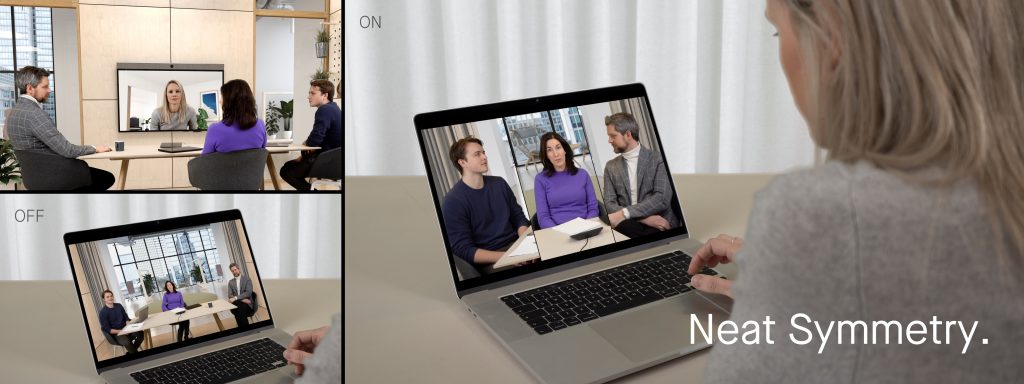 Poly’s E70 falls into Microsoft’s new-ish category of Intelligent Cameras, where one of the defining pillars of the category is that that camera delivers multiple video streams from a conference room, giving each individual in the meeting room their own “square”.
Poly’s E70 falls into Microsoft’s new-ish category of Intelligent Cameras, where one of the defining pillars of the category is that that camera delivers multiple video streams from a conference room, giving each individual in the meeting room their own “square”.
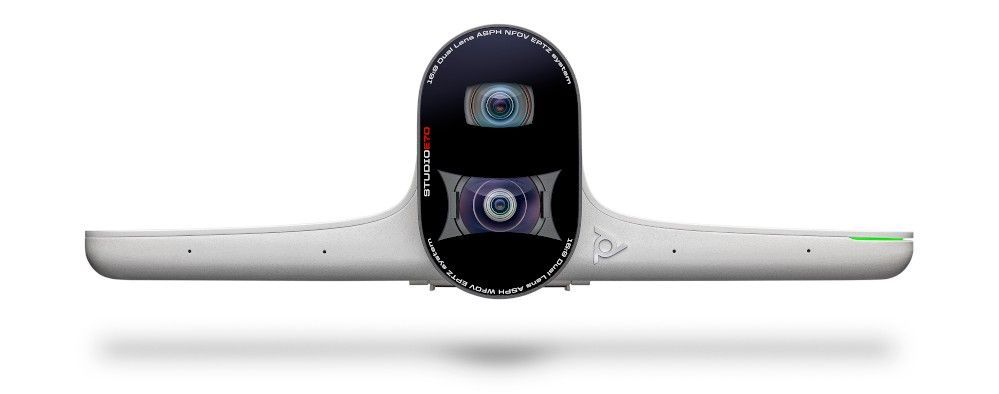 Logitech brought a different approach to the Meeting Room Equity conversation, delivering their Speaker View/Group View, or “RightSight 2”, to their Rally Bar and Rally Bar Mini room solutions. This approach provides a picture-in-picture (PiP) view, showcasing the active speaker in the room, while providing an inset image of the entire conference room, to ensure that the context of the room is not lost.
Logitech brought a different approach to the Meeting Room Equity conversation, delivering their Speaker View/Group View, or “RightSight 2”, to their Rally Bar and Rally Bar Mini room solutions. This approach provides a picture-in-picture (PiP) view, showcasing the active speaker in the room, while providing an inset image of the entire conference room, to ensure that the context of the room is not lost.
 Jabra recently announced “Dynamic Composition” for their Panacast 50 video bar, giving meeting room participants their own in-meeting squares as well.
Jabra recently announced “Dynamic Composition” for their Panacast 50 video bar, giving meeting room participants their own in-meeting squares as well.
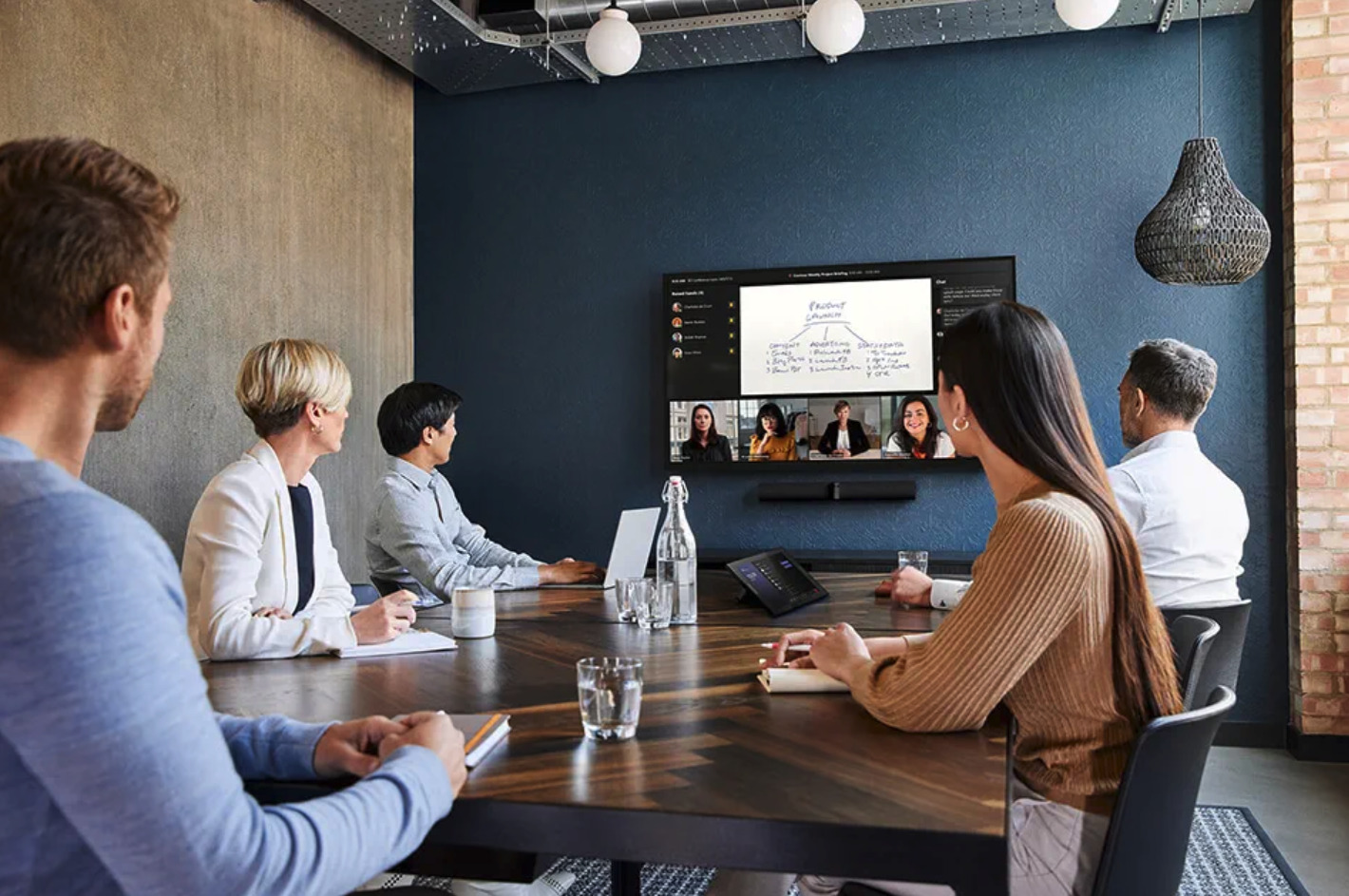 Finally, Yealink’s A20 Teams-certified meeting bar has the “Multi-Focus Framing” option, bringing its own iteration of Meeting Room Equity to conference room attendees.
Finally, Yealink’s A20 Teams-certified meeting bar has the “Multi-Focus Framing” option, bringing its own iteration of Meeting Room Equity to conference room attendees.
THE SOLUTION
While it’s great that so many partners have emerged with solutions to meet the challenge of Meeting Room Equity in Microsoft Teams meetings, navigating the decisions about which hardware strategy is the right one for your organization, how to go about designing and installing each room, and deploying the entire solution into your greater Microsoft Teams ecosystem can present very real challenges.
That is where a trusted partner comes into play–a partner with many years of experience, in-house Microsoft Teams expertise, and a sprawling global reach. Yep, you’ve guessed it. That is where Diversified enters the conversation. Diversified has a mountain of collaboration technology experience, a global network of professionals and support services, and Microsoft Teams subject matter experts to ensure that you solve the Meeting Room Equity conundrum with success, enhanced collaboration and very importantly – style!







